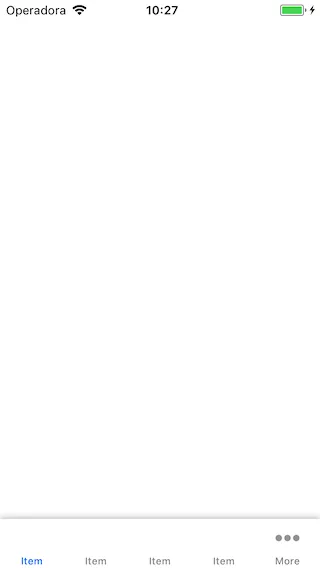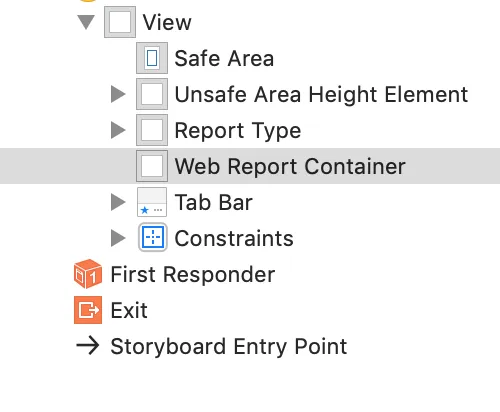我需要在UITabBar中添加阴影效果,以下是我使用的代码:
tabBar.layer.shadowOffset = CGSize(width: 0, height: 0)
tabBar.layer.shadowRadius = 4.0
tabBar.layer.shadowColor = UIColor.gray.cgColor
tabBar.layer.shadowOpacity = 0.6
目前它能很好地工作。
但是,我需要移除UITabBar上面的边框。我通过搜索得到了self.tabBar.clipsToBounds = true代码,使用该代码可以移除边框,但同时也去除了阴影效果。
我需要的效果如下图所示:
没有边框但有阴影效果。
非常感谢任何帮助。




